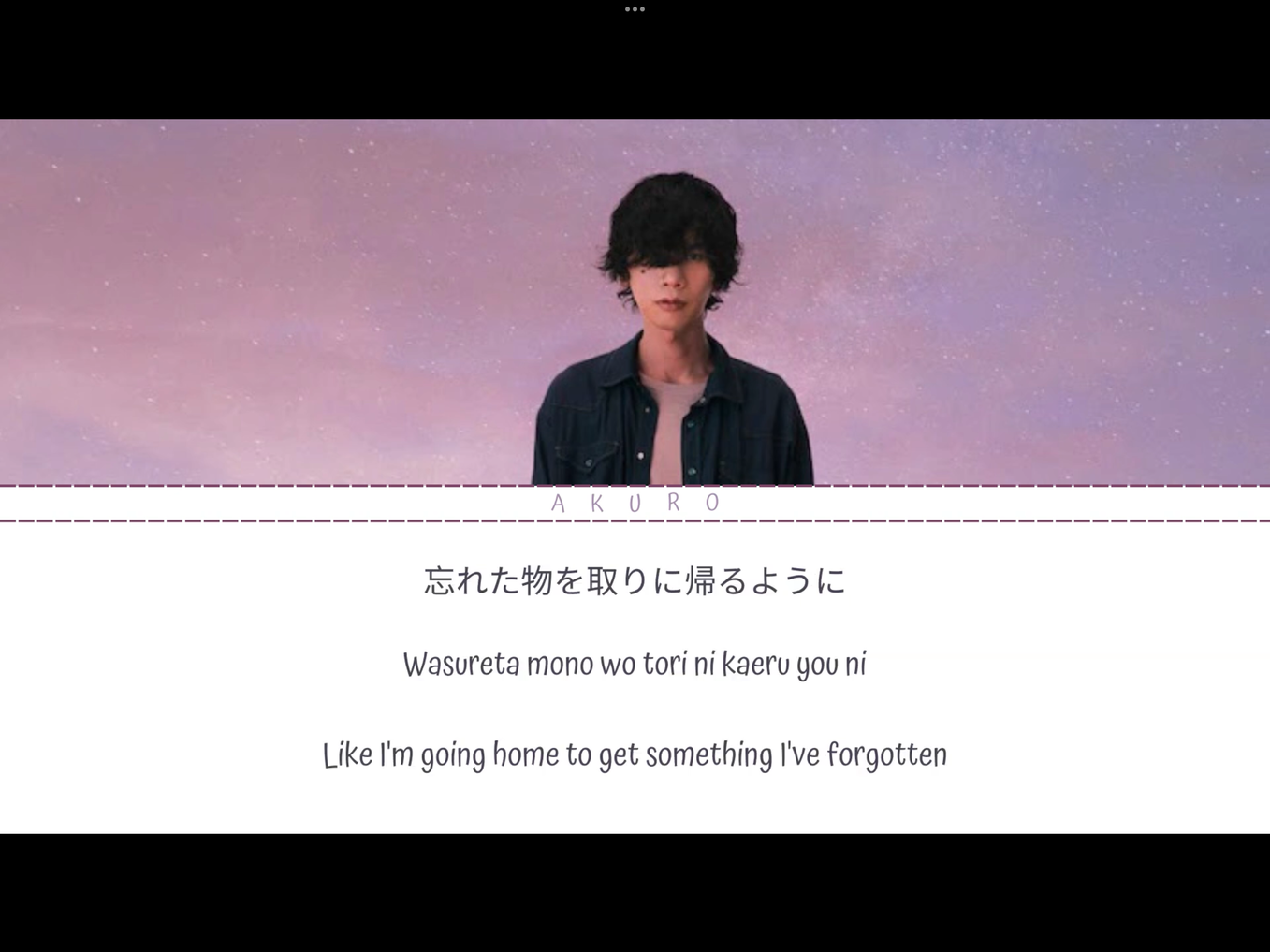I don’t think Lemon needs any explanation, literally if you’ve ever heard of any Japanese song, you’ll come across this.
So what’s the deal with this を, I know it marks the direct object but we need a transitive or 他動詞 to be exact to do it and is the 取り here doing the job here? I know that shifting it into the verb stems makes it connecter like the て form but if that’s the case then we should be able to put に after 取り, に particle like が、を、で、へ needs to be connected to a noun. I do know that when shifting it to the verb stem it makes the verb into its true noun form and you put に after the verb stem of the verb to indicate the ultimate goal (meaning your goal is to do the verb that has に attached to it) but if that’s the case then を isn’t doing it’s job cause there’s no transitive verb(他動詞) for it. Either 取り is the て form but in this doesn’t make any sense why に can be attached to it since it can only attach to nouns or consider 取り as the noun version but in turn makes を completely meaningless.
I’m familiar with CureDolly’s explanation and I’ve watched the い stem video of verbs and do know that it can be the て form and the true noun form of the verb but can you simultaneously use it as a て form and a noun at the same time cuz it seems like it’s using both at the same time.

